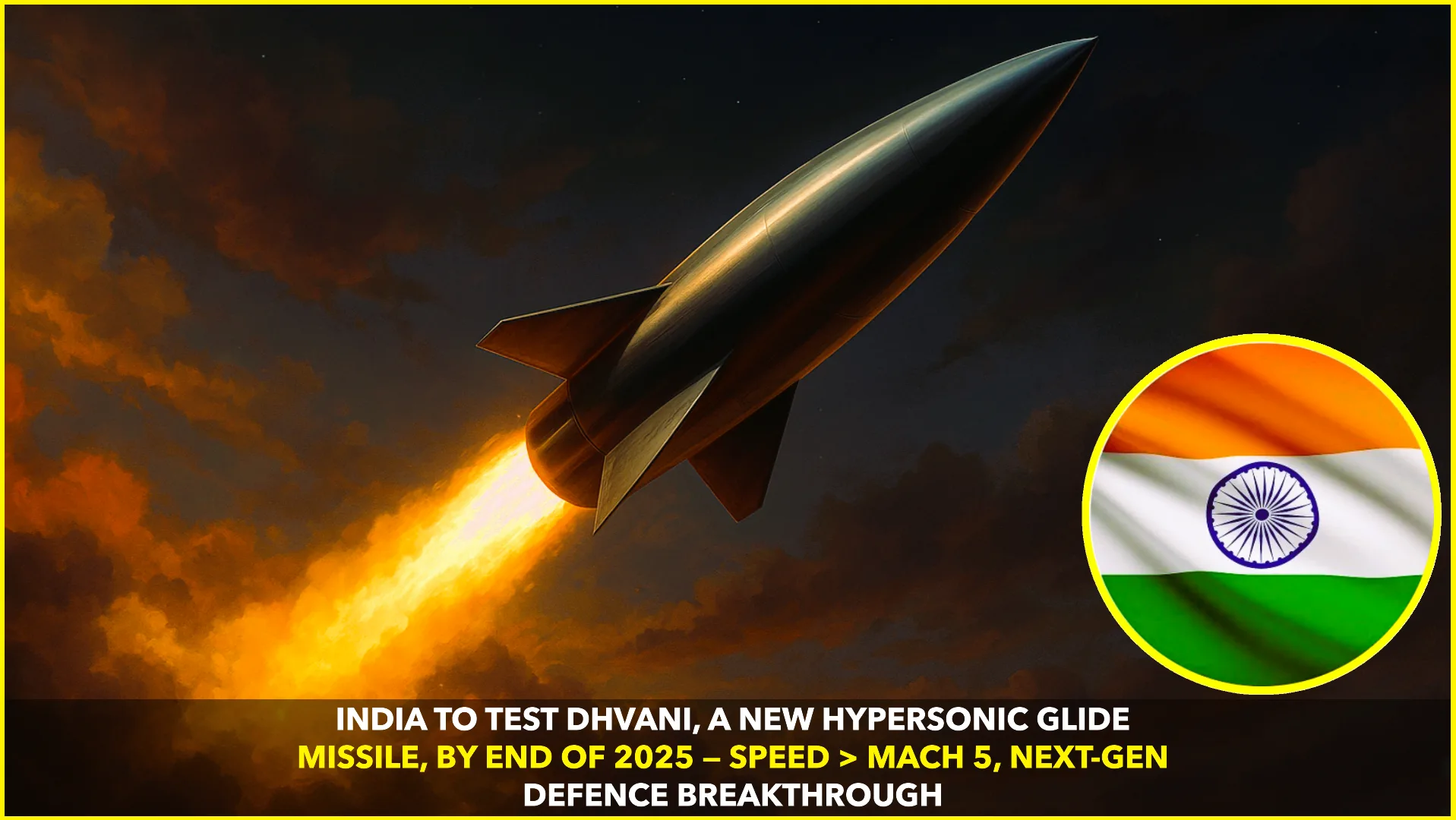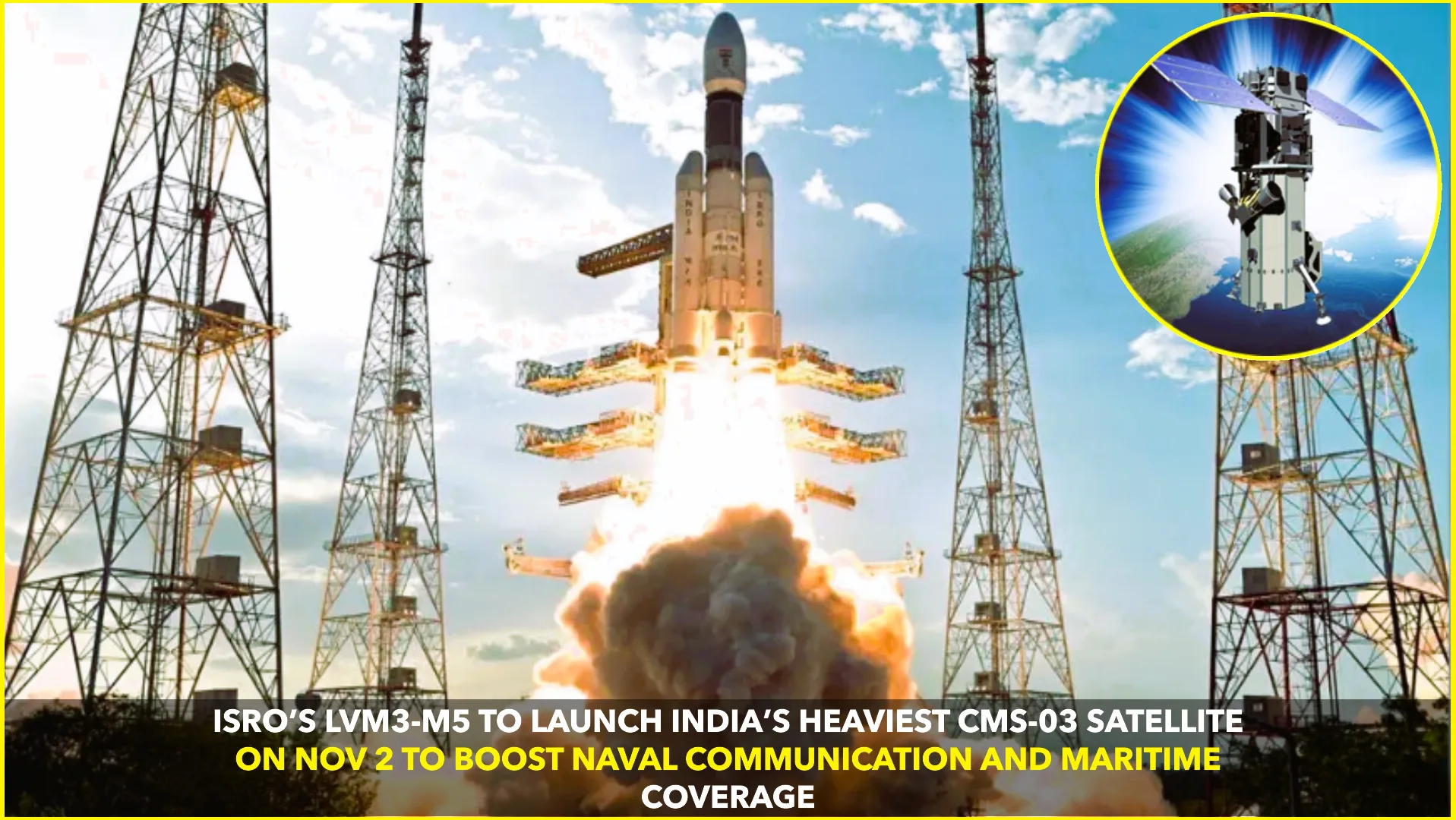India’s New Hypersonic Missile: Dhvani
India is preparing for a major defense breakthrough with its upcoming hypersonic missile, Dhvani, which is expected to undergo full-scale testing by the end of 2025. The project, spearheaded by the Defence Research and Development Organisation (DRDO), highlights India’s growing technological strength in advanced missile systems and aerospace engineering.
What Makes Dhvani Different
Unlike traditional ballistic or cruise missiles, Dhvani is designed as a hypersonic glide vehicle (HGV) — capable of speeds above Mach 5 (7,400 km/h). Once launched by a rocket booster, the vehicle detaches and glides at extremely high speeds toward its target, capable of unpredictable maneuvers to evade missile defense systems (Startuppedia, 2025).
Such flight patterns make hypersonic weapons nearly impossible to intercept with conventional defense systems. Experts believe Dhvani’s agility and stealthy altitude transitions could make it one of the most difficult-to-track systems ever developed in India (Indian Defence News, 2025).
Development Timeline
DRDO has been working on hypersonic propulsion for several years through its Hypersonic Technology Demonstrator Vehicle (HSTDV) program, which achieved key milestones in scramjet propulsion and thermal protection systems. Dhvani builds directly upon these advancements and represents the next stage — a deployable, long-range, maneuverable strike system.
According to defense analysts, Dhvani’s first full-scale test flight is scheduled for late 2025, with an aim for operational induction between 2029 and 2030, depending on test results and production readiness (IDRW, 2025).
Faster Than BrahMos
The comparison with the BrahMos missile — India’s current fastest operational weapon — is inevitable. While BrahMos operates at Mach 2.8–3.0, Dhvani will cruise at speeds exceeding Mach 5, potentially doubling BrahMos’s velocity.
This makes Dhvani not only faster but also harder to intercept. The HGV’s gliding phase enables it to alter its path mid-flight, confusing radar systems and defense interceptors (The Times, 2025).
Technical Challenges
Developing hypersonic weapons is among the most complex engineering feats in defense technology. At such extreme speeds, aerodynamic heating becomes a critical problem — temperatures can exceed 2,000°C, requiring advanced heat-resistant alloys and ceramic coatings to protect the vehicle’s structure.
Additionally, guidance and navigation at hypersonic speeds pose major challenges. DRDO’s research teams are using advanced algorithms and onboard AI-driven flight control systems to maintain stability and accuracy during the glide phase (Economic Times, 2025).
Another key technical hurdle involves booster separation. The precision with which the glide vehicle detaches from its rocket determines whether the missile maintains stable flight and hits its target effectively.
Strategic Impact
If Dhvani’s test succeeds, India will join a select group of nations — including the United States, Russia, and China — developing operational hypersonic weapons. This advancement could significantly boost India’s strategic deterrence and reinforce its position in the Indo-Pacific’s evolving security dynamics (Indian Defence Review, 2025).
Hypersonic missiles are especially crucial for first-strike precision and counterforce capabilities, allowing nations to hit high-value targets before they can respond. For India, this development represents not just technological self-reliance but also a powerful statement of defense modernization.
What Lies Ahead
Following the 2025 test, Dhvani will undergo a series of validation flights to refine guidance accuracy and thermal management systems. Once proven, it could be integrated into India’s Strategic Forces Command, strengthening its defense posture against both regional and global threats.
Parallel to Dhvani, DRDO is also working on the ET-LDHCM, another hypersonic cruise missile expected to exceed Mach 8, which will extend India’s long-range strike reach even further (Wikipedia, 2025).
As the world races toward hypersonic capability, Dhvani stands as a symbol of India’s determination to innovate, defend, and lead in next-generation warfare.










